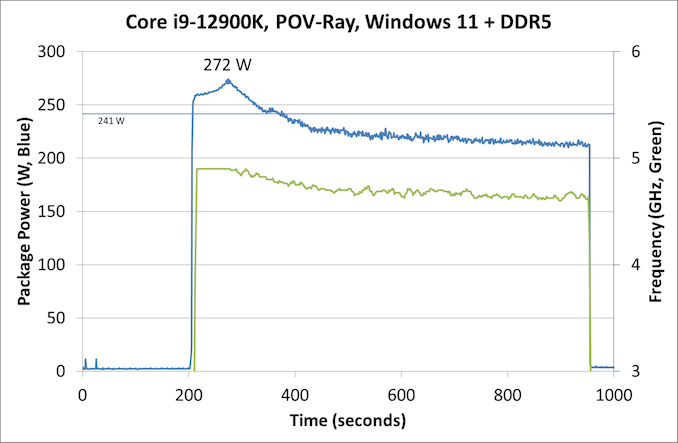Originally posted by drakonas777
View Post
This situation has gotten so ridiculous that we really need governments to start dictating how these metrics should be quantified, like they do the fuel-efficiency metrics for automobiles. That's the only way to stop this madness.


Comment